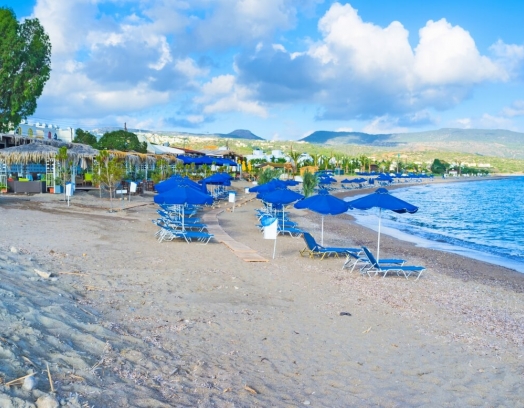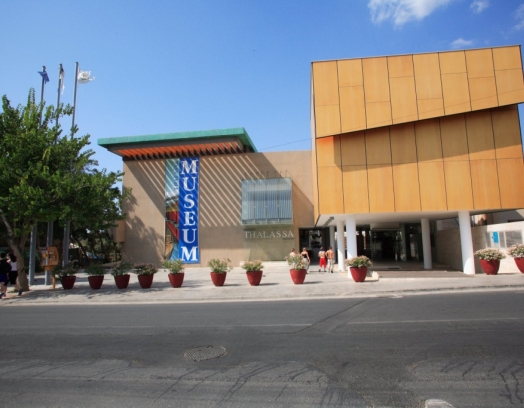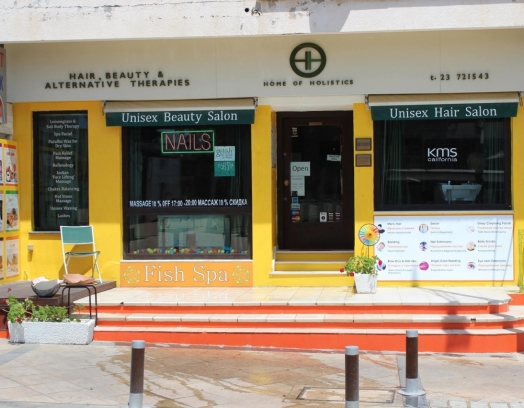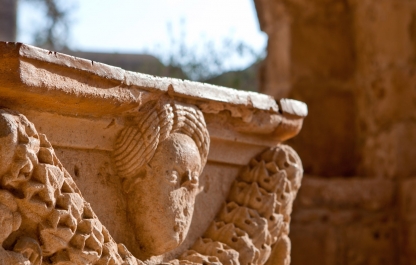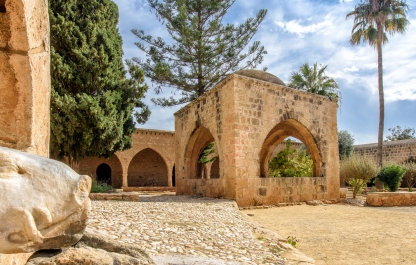The Ayia Napa monastery is located close to the coast of the Ayia Napa resort. Legend has it that at the beginning of the 10th century a local resident was hunting in a valley when he lost sight of his dog. He heard the dog barking somewhere far, followed its voice and found it in one of the caves. When he made his way into that cave he was blinded by a bright light coming from the icon of the Virgin Mary. Someone must have intentionally hidden the icon to protect it from destruction during those difficult times and save it for future generations.
News of the icon’s discovery spread across the region attracting religious pilgrims and turning the cave into a holy site. The icon of the Virgin Mary was called Virgin Mary of Napa. Incidentally, it shares its name with the famous Ayia Napa resort, which was previously a fisherman’s village.
In the 14th century during the rule of the House of Lusignan a church, dedicated to the Virgin Mary, was built around the site of the icon. A century later the area became populated with monastic cells and was surrounded by fortification walls. The monastery continued to grow in the 16th century when a wealthy Venetian woman refused to marry a man she did not love, retired to the convent and decided to oversee its development.
At the end of the 17th century all of the nuns left the convent and the monastery remained all-men until the beginning of the 19th century. By that time it had become almost completely abandoned, its land had been rented out to the local farmers who had populated the Ayia Napa.
The Monastery survives to this day. Visitors can still see the original church, which housed the icon of the Virgin Mary of Napa, the church built during the Venetian rule of Cyprus and a small chapel, which has remains of the original Italo-byzantine frescos (images of the great martyrs Barbara, Irina and Ekaterina). The monastery’s main relic – the icon of the Virgin Mary of Napa (844 AD) – was kept in the cave church until the 20th century when it was moved to a newly constructed church close to the monastery.
Today the monastery houses a museum, which holds regular religious festivals and events.
You can read more about the Monastery in this article.


